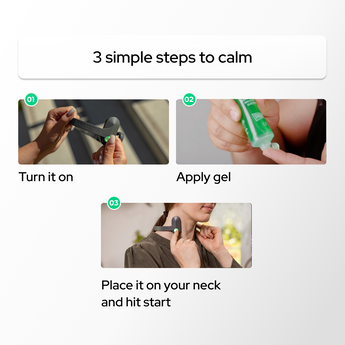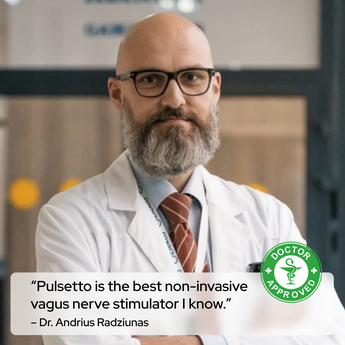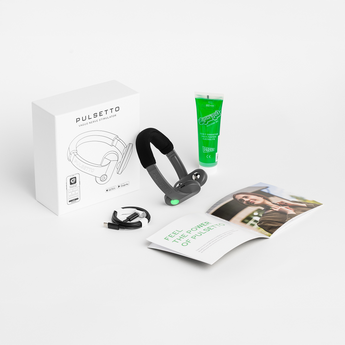









Select your device:
New premium model
Pulsetto FIT
Best comfort, longer battery, plus extra perks

Pulsetto Lite
Best for most users

In Stock: Ships Within 24 Hours
(30-Day Money-Back Guarantee)









Select device:
New premium model
Pulsetto FIT
Best comfort, longer battery, plus extra perks

Pulsetto Lite
Best for most users

In Stock: Ships Within 24 Hours
(30-Day Money-Back Guarantee)



































